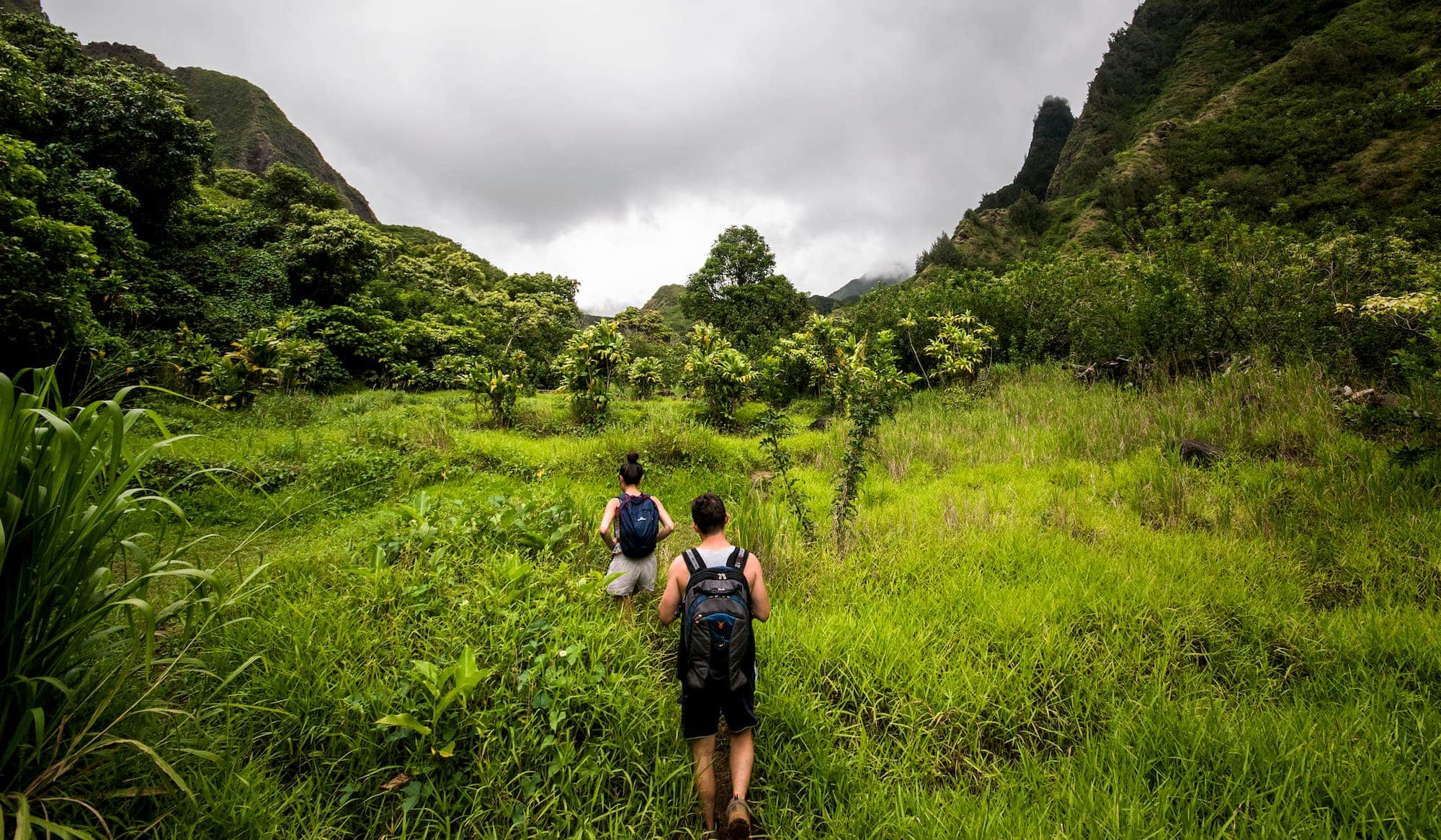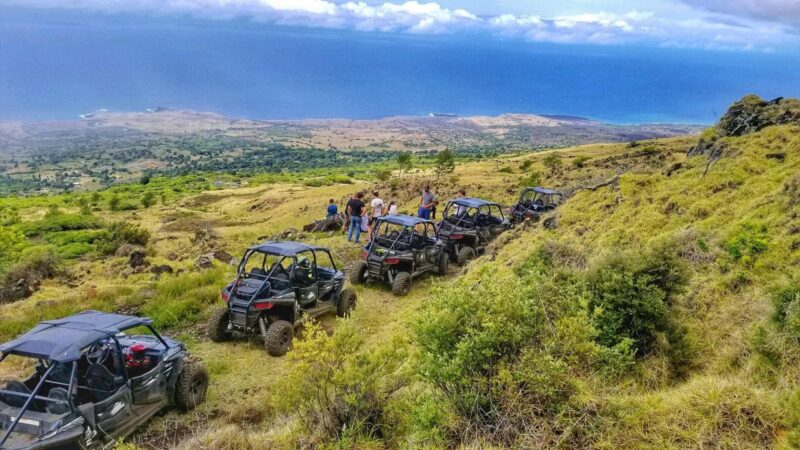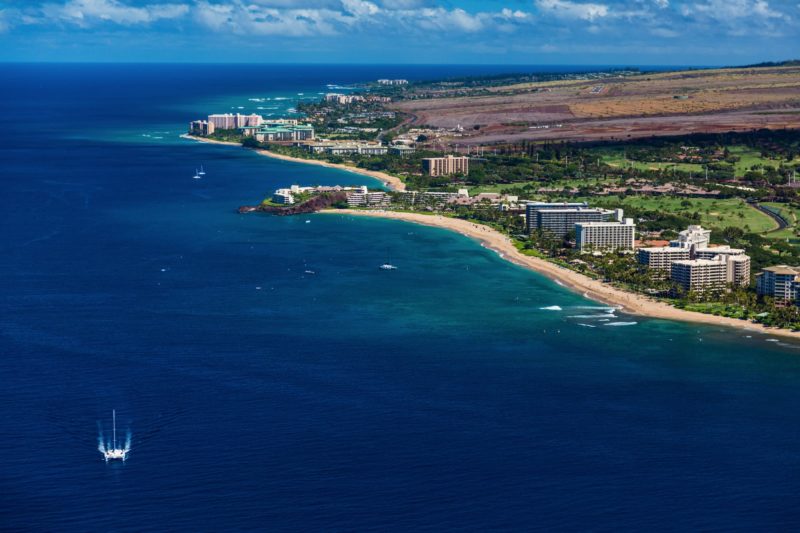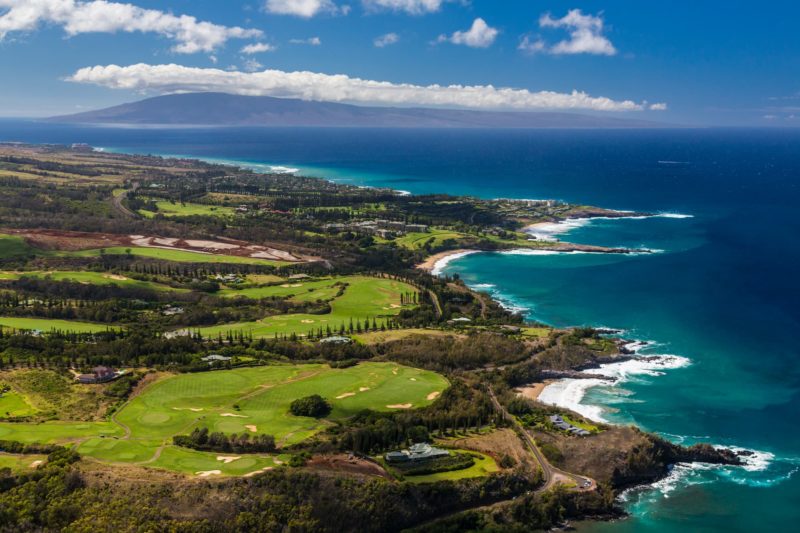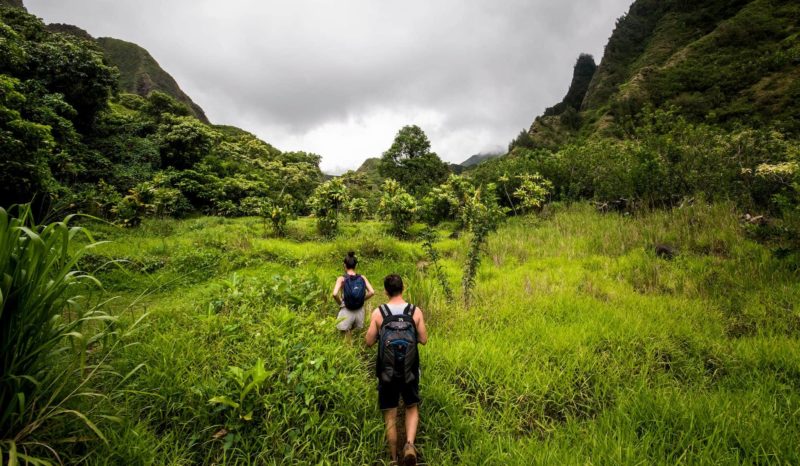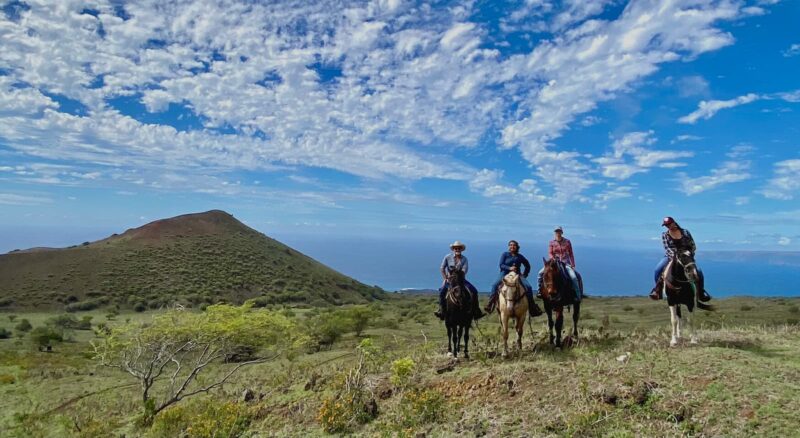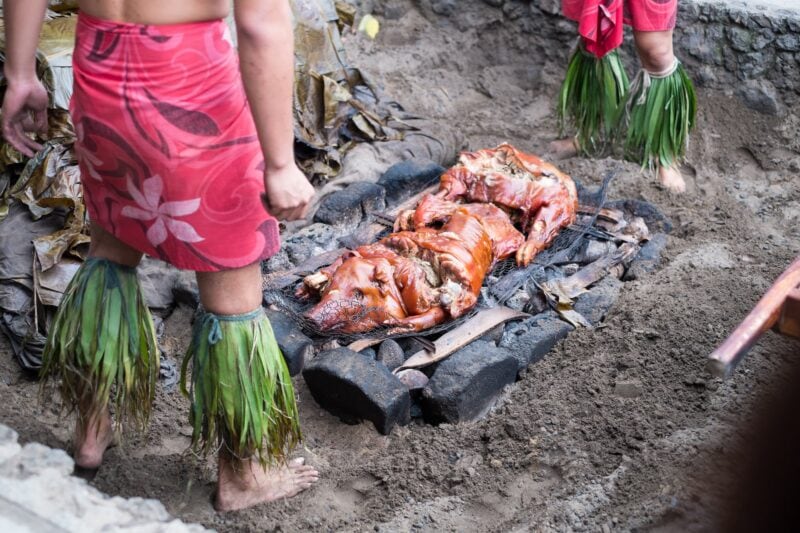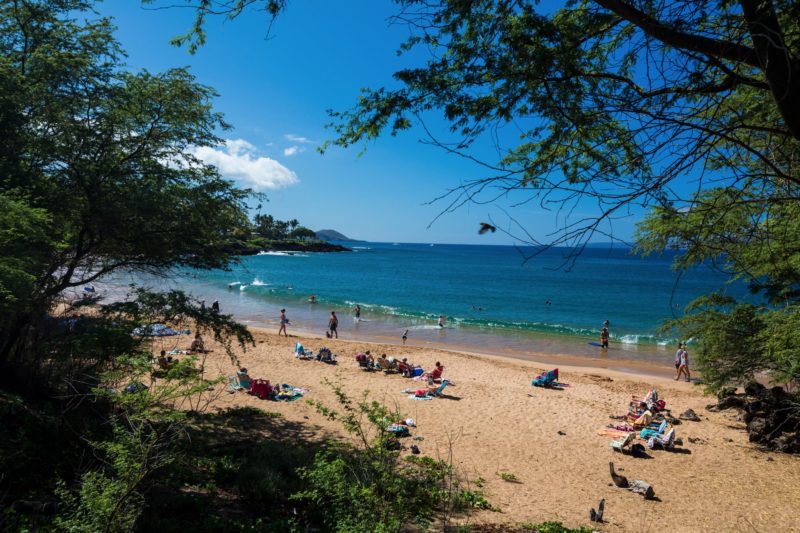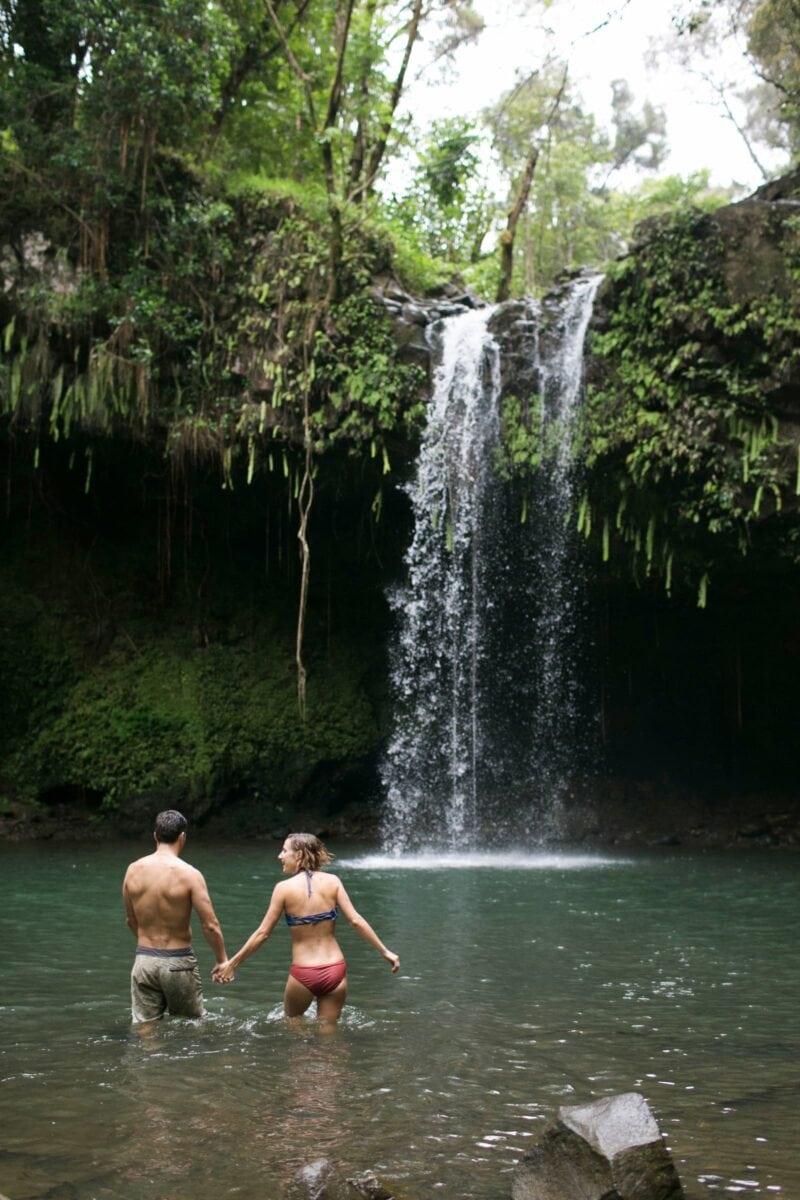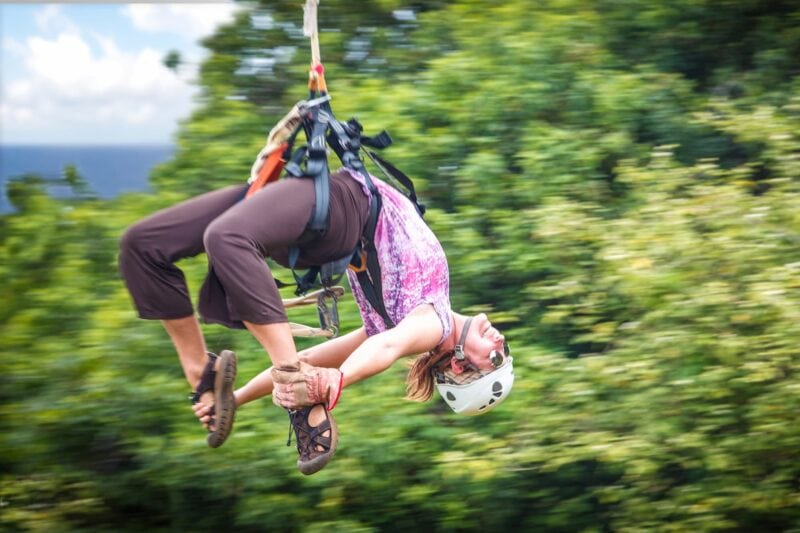While Maui’s waters draw much of the attention with world-class snorkeling, whale watching, and boating, the island’s land-based adventures are just as spectacular—if not more diverse.
Maui’s collection of beaches are considered some of the best in the world, and the island has spectacular scenic drives, dense jungles, and tall volcanic peaks to explore. Most notably, the hiking trails of Haleakalā rise to more than 10,000 feet above sea level.
Ocean-view golf, cultural luaus, waterfall chasing, and horseback riding can be found on every Hawaiian Island, but Maui’s landscape makes each one of them unique. It is via these outdoor and culturally-based activities that we are able to see and experience Maui through a different lens.
Table of contents
Table of Contents
- ATV Tours
- Beaches
- Golf
- Farm Tours
- Hiking
- Horseback Riding
- Luau shows
- Parks and Botanical Gardens
- Scenic Drives
- Star Gazing
- Volunteering Opportunities
- Waterfalls
- Ziplining
Ready to explore Maui on foot, by ATV, or on horseback? Here’s a roundup of the best land-based activities to experience the island’s breathtaking scenery, culture, and adventure.
Land activities on Oʻahu and Kauaʻi
We have made similar overviews of the land activities on Oʻahu and Maui in which we list the respective highlights for the islands and give a few recommendations for tour operators. Make sure to check these out if your trip takes you to one of those islands:
